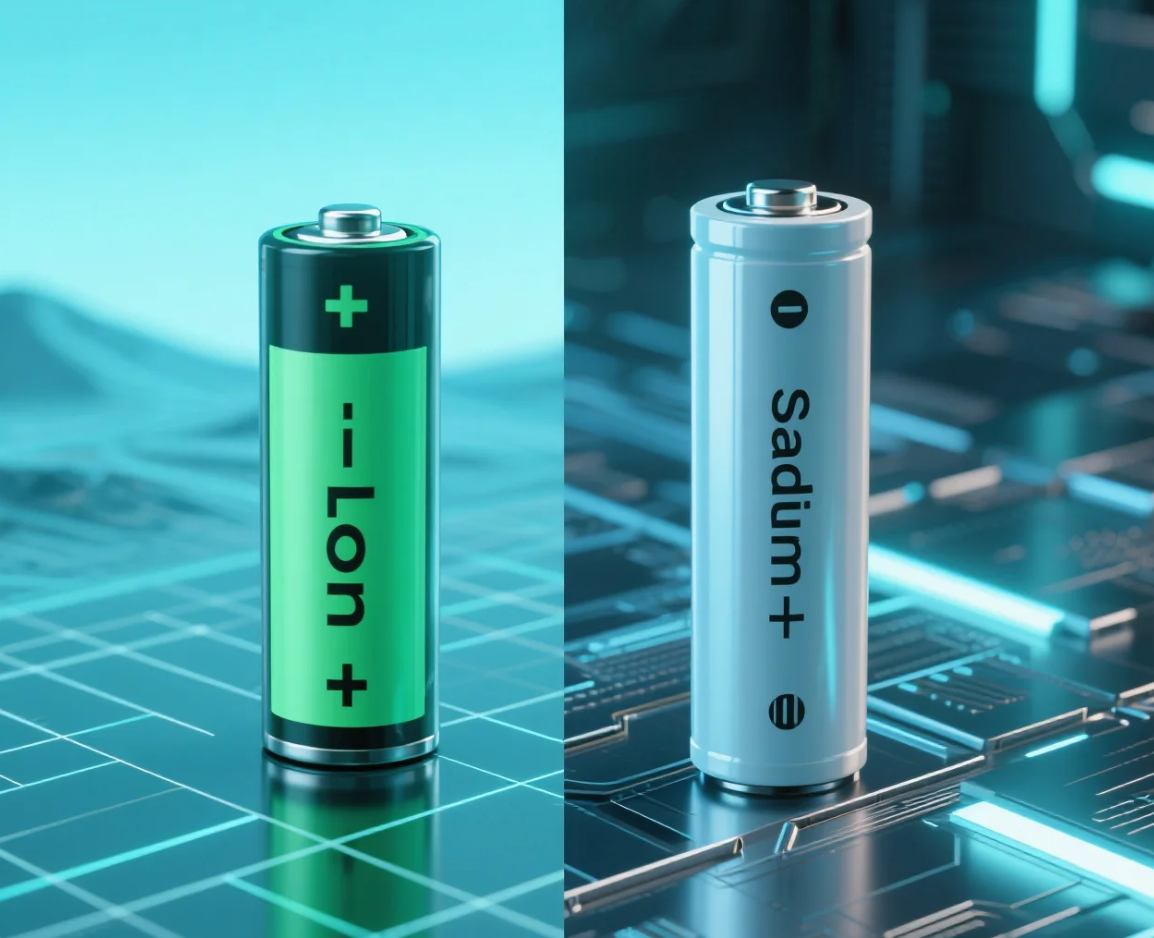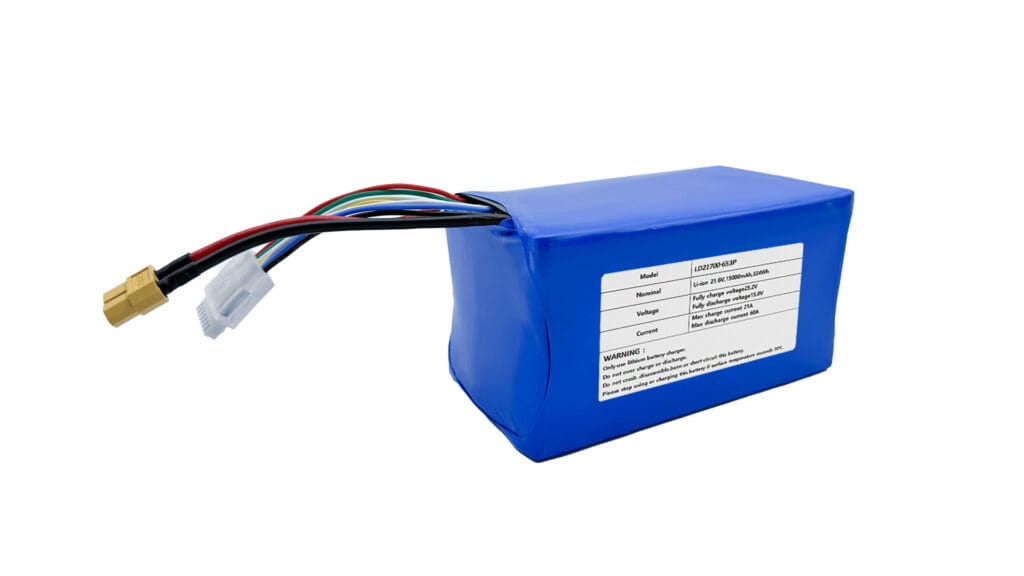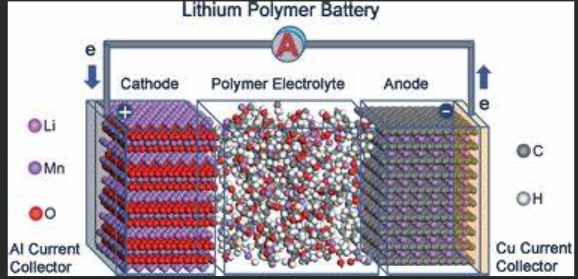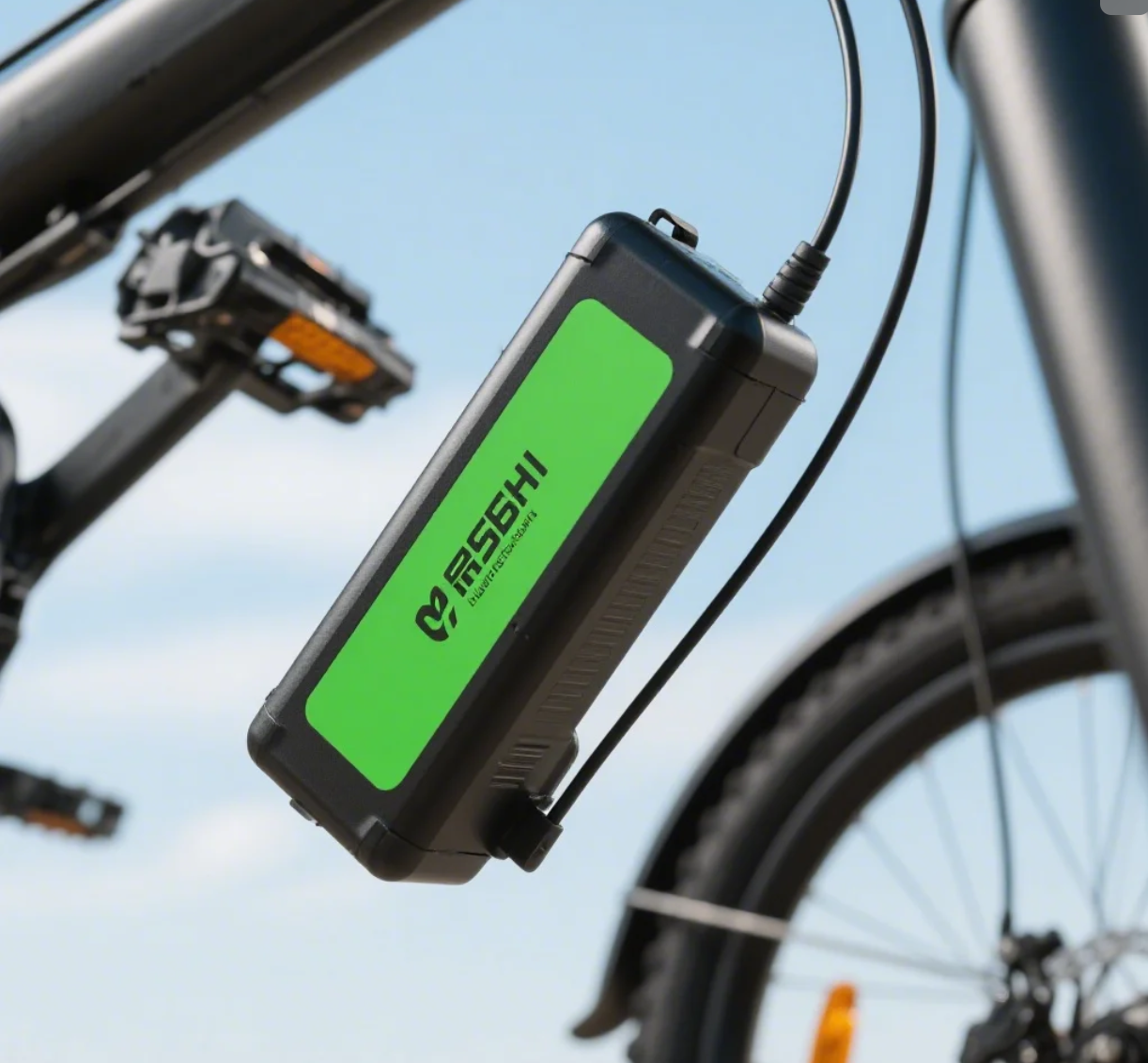Lithium-ion batteries have undeniably powered the modern revolution, from the smartphones in our pockets to the electric vehicles on our roads and the energy storage systems backing up renewable power. Their high energy density and relatively long lifespan have made them the go-to technology for a vast array of applications. However, the reliance on lithium comes with its own set of challenges, including cost fluctuations driven by supply chain dynamics, geographical concentration of resources, and ongoing concerns about safety.
Enter the challenger: sodium-ion batteries. Utilizing the more abundant and widely distributed element sodium, this alternative battery technology has been gaining traction as a potential successor or, at the very least, a significant complement to its lithium-based counterpart. But will sodium-ion truly replace lithium-ion, or will they coexist in a future where diverse energy storage solutions are needed?
The Reign of Lithium-Ionen-Batterien
The dominance of lithium-ion batteries is hard to overstate. They power nearly every modern portable electronic device, and their adoption in electric vehicles has been a key enabler of the shift towards sustainable transportation. The market for lithium-ion batteries is colossal, projected to reach hundreds of billions of dollars in the coming years. Their success is largely attributed to their high energy density, which allows for longer driving ranges in EVs and extended usage times for mobile devices. Furthermore, continuous advancements have improved their lifespan and charging capabilities.
However, this reign is not without its limitations. The cost of lithium can be volatile, influenced by mining output and geopolitical factors. Safety remains a concern, with instances of thermal runaway highlighting the need for robust safety mechanisms. Moreover, the sustainability of lithium extraction and the ethical considerations surrounding its sourcing are increasingly under scrutiny. These factors have paved the way for the exploration of alternative battery chemistries.
Enter the Challenger: Understanding Sodium-Ion Batteries
Sodium-ion batteries operate on similar electrochemical principles to lithium-ion batteries, where ions move between the anode and cathode during charging and discharging. The key difference lies in the charge carrier: sodium ions instead of lithium ions. Sodium is significantly more abundant in the Earth’s crust than lithium.
While the fundamental science is similar, sodium-ion batteries often employ different materials for their electrodes. For example, some promising cathodes include Prussian Blue analogues and layered oxides, while hard carbon is frequently used for the anode. These material choices can influence the battery’s performance characteristics, such as energy density, charge rate, and cycle life. The abundance of sodium offers the promise of a more geographically diverse supply chain, potentially reducing reliance on specific regions for raw materials. Companies like CATL have already unveiled sodium-ion batteries, signaling a move towards commercial viability.
Sodium-Ion vs. Lithium-Ion: A Detailed Comparison
To understand the potential of sodium-ion batteries to replace lithium-ion, a detailed comparison across key performance metrics is essential.
4.1. Energy Density
Currently, lithium-ion batteries generally offer higher energy density, typically ranging from 150-250 Wh/kg, with some advanced chemistries exceeding this. Sodium-ion batteries, while rapidly improving, tend to have lower energy densities, often in the range of 100-160 Wh/kg. This means that for applications where weight and size are paramount, such as long-range electric vehicles, lithium-ion currently holds an advantage. However, for stationary applications, where space and weight are less critical, this difference becomes less significant.
4.2. Cost
One of the most compelling advantages of sodium-ion batteries is their potential for lower costs. Sodium carbonate, a key precursor for sodium-ion batteries, is significantly cheaper than lithium carbonate. This abundance translates to potentially lower raw material costs for the batteries themselves. While the current production scale of sodium-ion batteries is smaller, as manufacturing ramps up, we can expect to see more competitive pricing compared to lithium-ion, especially for certain applications.
4.3. Performance (Charge/Discharge Rate, Lifespan)
In terms of charge and discharge rates, some sodium-ion chemistries have demonstrated comparable and even superior performance to certain lithium-ion types. Fast charging capabilities are crucial for widespread EV adoption, and sodium-ion is showing promise in this area. The lifespan, measured in charge-discharge cycles, is also improving for sodium-ion batteries, with some reaching comparable cycle lives to lithium-ion, making them suitable for long-term use in grid storage and other applications.
4.4. Safety (Thermal Stability)
Certain sodium-ion battery chemistries exhibit better thermal stability than some lithium-ion counterparts, leading to a potentially lower risk of thermal runaway. This inherent safety advantage could simplify battery management systems and reduce the need for extensive cooling mechanisms, potentially further lowering costs and improving overall system reliability.
4.5. Sustainability & Resource Availability
The sheer abundance and wider geographical distribution of sodium make sodium-ion batteries a potentially more sustainable option in the long run. Reducing reliance on geographically concentrated lithium sources can also mitigate geopolitical risks associated with the supply chain.
Applications and the Future Landscape
Given their characteristics, sodium-ion batteries appear particularly well-suited for stationary energy storage applications, such as grid-scale storage to support renewable energy integration and home energy storage systems. In these applications, energy density is less critical than cost and lifespan.
Furthermore, sodium-ion batteries are finding their way into the electric vehicle market, particularly in smaller, more affordable vehicles where ultra-long range is not the primary requirement. This could open up new segments of the EV market and accelerate the transition to electric mobility for a broader range of consumers.
It’s unlikely that sodium-ion batteries will entirely replace lithium-ion batteries across all applications. Instead, a more probable scenario is a future where both technologies coexist, with each excelling in specific niches based on their respective strengths. Lithium-ion may continue to dominate applications requiring high energy density, while sodium-ion could become the preferred choice where cost, safety, and resource availability are paramount.
Fazit
While lithium-ion batteries have been the undisputed champions of energy storage, sodium-ion technology presents a compelling alternative with unique advantages, particularly in cost and resource availability. Although currently lagging in energy density, ongoing research and development are steadily closing this gap.
The future of energy storage is likely not a zero-sum game. Instead, we are moving towards a diversified landscape where different battery technologies, including lithium-ion and sodium-ion, will play crucial roles in meeting the world’s growing energy demands. Whether sodium-ion will “replace” lithium-ion is perhaps the wrong question. A more accurate perspective is that sodium-ion will become a vital player, complementing lithium-ion and enabling a more resilient and sustainable energy future.
FAQ
- What are the main advantages of sodium ion batteries over lithium-ion?
- Lower cost potential due to the abundance of sodium, potentially better safety in some chemistries, and more sustainable resource availability.
- What are the main disadvantages of sodium ion batteries compared to lithium-ion?
- Generally lower energy density, which can impact the range of electric vehicles and the size/weight of portable electronics.
- Are sodium-ion batteries being used in electric vehicles?
- Yes, some manufacturers are starting to incorporate sodium-ion batteries, particularly in lower-range or more cost-sensitive models.
- Are sodium-ion batteries safer than lithium-ion?
- Some sodium-ion chemistries exhibit better thermal stability, which can lead to improved safety, but it varies depending on the specific battery design.
- Will sodium ion batteries completely replace lithium-ion batteries in the future?
- It’s more likely that both technologies will coexist, with each being preferred for specific applications based on their strengths and weaknesses.
- When will sodium ion batteries become widely available?
- While some sodium ion batteries are already in limited use, wider commercial availability is expected to increase over the next few years as technology matures and production scales up.
- Are sodium-ion batteries better for grid storage?
- Sodium-ion batteries are considered very promising for grid storage due to their potential lower cost and longer lifespan, where energy density is less critical than in mobile applications.





